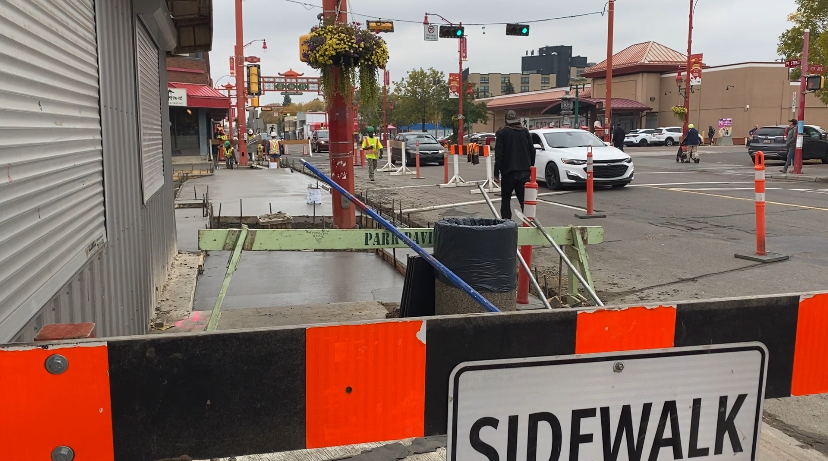‘No exceptions and no shortcuts’: Alberta government cracks down on invasive mussels with mandatory boat inspections

Posted June 1, 2025 12:26 pm.
Last Updated June 2, 2025 2:53 pm.
The Alberta government is cracking down on invasive mussels by requiring mandatory inspections of watercraft coming from high-risk areas.
Beginning Sunday, the province says mandatory inspections will be done on all boats, jet skis, kayaks, and other watercraft entering Alberta’s eastern and southern borders until Sept. 30.
It’s a way to safeguard against invasive mussels, including zebra and quagga mussels, which can clog irrigation pipes, damage pumps, and disrupt water delivery.
“It just takes one invasive mussel to cause millions in damages to our waters and waterways — that’s why mandatory inspections are now required,” said Grant Hunter, the Alberta associate minister of water.
“Alberta’s watercraft inspectors are trained to know where these deceptively small quagga and zebra mussels hide. If you’re coming from the east or the south, you must get your boat inspected – no exceptions and no shortcuts.”
Additionally, the province says the mussels pose a threat to the food, farms, and livelihoods that Albertans depend on, and can cause millions of dollars in damage.
The province is currently 100 per cent free of the invaders, but it says the risk is ramping up across North America. Alberta became the first Canadian province to require the inspection of watercraft from high-risk areas.
There will be 11 water inspection stations with more staff working longer operating hours, along with K-9 inspection teams and mobile decontamination teams.
If there is no inspection station or the nearest one is closed, the province says watercraft crossing high-risk borders must be inspected before launch and within seven days or risk fines up to $4,200. Watercraft owners will receive a sticker to show proof of inspection.
The province says it’s still mandatory for anyone travelling with a watercraft to stop when passing an open station, regardless of entry point, such as from the western or northern borders.
More information on the inspection sites can be found online.








